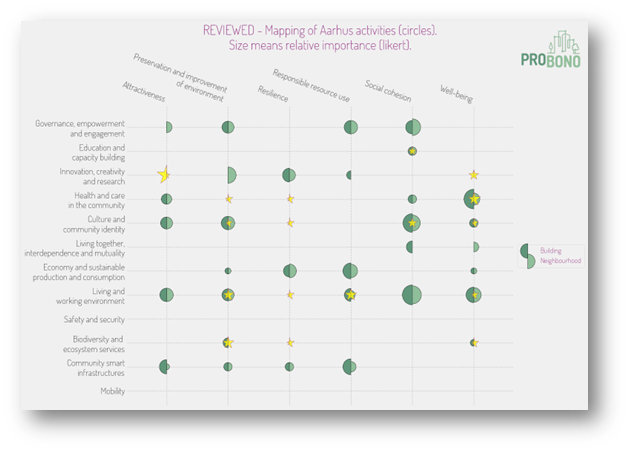Unlocking the Power of Digital Twins
- salimaismayilzada
- Mar 21, 2023
- 3 min read
The PROBONO project aims to provide a comprehensive framework for the development and implementation of digital twins. This framework will provide guidelines for the creation and deployment of digital twin solutions and simplify the process for different industries. In this paper, we go into more detail about the concept of digital twins, their functions, and their integration into the PROBONO project.

What are Digital Twins? How do they work?
Digital twins are virtual representations of physical systems that add value by providing enhanced insights and supporting better decision-making, ultimately leading to improved triple bottom line outcomes in the real world. A digital twin is differentiated from other digital models by its automated connection to its physical counterpart, both sensing the physical world and acting in the physical world. This dual connection allows the digital twin to collect information at an appropriate frequency and facilitate decision taking and ultimately actions recommended in the physical space.
Digital twins typically consist of a layer of connectors and data that capture and reflect the state of the physical twin. This information is processed in a sense-making stage (using models, AI, and decision-making tools) and a decision-making stage (via reports, dashboards, APIs, etc.). As systems, digital twins can and should be interconnected with other systems to amplify their usefulness. This will use technologies such as IoT, sensors, cloud computing, AI and machine learning to bridge the gap between the cyber and physical worlds. Interestingly, later models include a “service” space, complementing the physical and the digital twins, which focus on the purpose of the digital twin, a notion to which we will come back later.
Why are digital twins important?
Digital twins are crucial, much like electricity, as they allow us to interact with our environment more efficiently. Although they are still in their infancy, digital twins are becoming more common and integrated into our daily lives. For example, a smart thermostat creates a digital twin of your home, optimising living conditions, energy costs and reducing your carbon footprint. This little digital twin is already available and can offer significant benefits.
The main goal of a digital twin is to enable faster and better decisions that bring financial, environmental or socio-economic benefits. By using data from the physical asset or system, digital twins support better decision-making and create opportunities for positive feedback within the physical twin.
Which twin will be the most important and why?
The importance of digital twins lies not in the tool itself, but in their ability to address significant societal challenges such as building resilience, reducing waste, promoting inclusivity and saving time and money, while putting people at the centre of green building neighbourhoods.

How will digital twins contribute to the PROBONO project and how will they be used within the project?
Digital twins provide a reliable, data-driven tool for decision-making that aligns their immediate benefits with PROBONO's intended outcomes, in supporting the growth of Green Building Neighbourhoods.
Within the PROBONO project, digital twins can digitally represent the innovations proposed by PROBONO partners in physical space. Their purpose is to amplify and multiply the impact of the different innovations developed within the project, allowing for better replication and dissemination.
What are the challenges to consider before building a digital twin ?
Before investing time and energy, it is important to determine the "why", and clarify the “raison d’être” of any digital twin – particularly as stakeholders will want to know what benefits they will gain from the services enabled by the digital twin. Of course, there are several non-technical challenges to consider. Ethical considerations for example must also be taken into account to ensure that the outcomes of the digital twin are in line with the intended goals.




Comments